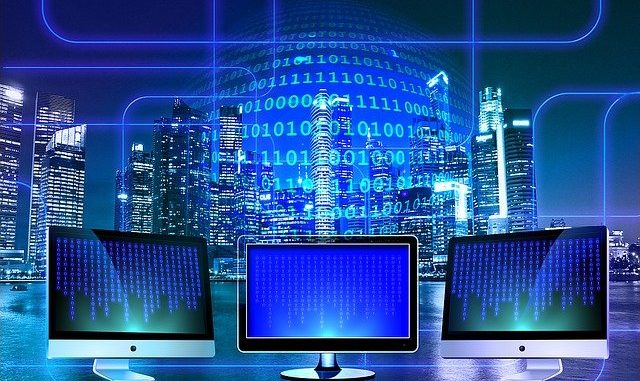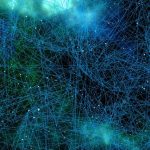
Many of us have heard terms like IoT technology or the ‘Internet of Things’ at work and wondered what on earth it meant. IoT though has had profound impacts on all types of industry and not just the food industry. It’s worth knowing more about the developments.
In this article we will look at the fundamentals of what an IoT system is, and the way such a system has grown from its initial start point of information gathering through to its exploitation in predictive and even prescriptive systems.
Using the Internet of Things has meant a change in the way we think and learn too. We will look at the current state of application of the technology in terms of examples of this type of data science.
What Is IoT?
Like most technologies it started small but has grown to encompass a wide variety of systems.
IoT is simply defined as:-
” a system of interrelated computing devices, mechanical and digital machines, objects, animals or people that are provided unique identifiers and the ability to transfer data over a network without requiring human-to-human or human-to-computer interaction.”
It means all the physical things and tangible elements in the world can be connected through the internet. That means the possibility of integrated management
What Are The Benefits Of IoT?
In any business improvements in speed of decision making have enormous ramifications for efficiency and effectiveness, and ultimately the bottom line or profitability. There is also a stronger nod to better sustainability, greater benefits to the environment and less waste generally.
The main benefits can be viewed in three tangible ways as (1) higher productivity and overall efficiency, (2) better access to all forms of information and finally (3) a higher degree of automation and control.
The type of applications that IoT has found its way into in the food industry include:-
- reduced maintenance costs
- better asset tracking and management
- improved employee health and safety
- better product quality
- advances in machine tracking
Information about food processes for example can be centralised so that it is managed more effectively. Hence, IoT is a means by which all these improvements bullet pointed above are achieved.
Industrial Data Systems: The Basics
A number of business web-sites look at industrial data systems as the heart of of data management. Ideally the industrial data system is built into a new factory or facility but it does not rule out application in existing factory structures because there are many examples of traditional food manufacturing processes having made use of IoT.
There is an hierarchy of systems to consider. At the foundation is the physics literally of electrical engineering which has produced programmable logic controllers (PLCs) and DC S. A DC S is a more advanced process control system that uses a network to interconnect sensors, controllers and the like. These two types of machine have led to SCADA (Supervisory Control and Data Acquisition) and HMI DC S (Human Machine Interface). These in turn form an MES (Manufacturing Execution System) with ERP (Enterprise Resource Planning) at the pinnacle of the pyramid.
Device Layers And The IoT
A device layer is an important component of the data gathering system.
It is a network of sensors connected to an actuator with an input-output linkage. It will respond to some physical or chemical aspect of a process such as a change or fluctuation in viscosity, colour, a flow-rate etc.
Very often it is designed to respond to an issue in a process that can be controlled. The information collected from the sensor is managed through a programmable logic controller (PLC). The data collected essentially allows decisions to be made that change a process without resorting necessarily to human intervention unless it is required.
If human decision making is needed the IoT will help in the decision making process without a human having to resort to making snap decisions that could radically damage the process. Unfortunately lots of data is needed in the management of processing systems. It needs computing power of considerable expansiveness to manage such processes.
The information collected at the device layer is used as data feed into business management. A well designed visualization system is needed and has two forms already mentioned:
- a human machine interface (HMI)
- Scada
Understanding the psychology of data presentation has great value – information is crafted in such a way that it is conveniently presented or displayed without creating confusion. Simple steps are taken to focus operators on the right type of information – chromatic displays without leading to distraction for example.
Drivers of IoT Thinking in Food.
Adding value to the decision making process using IoT has meant applications in all sorts of arenas.
The main drivers of IoT thinking are improving government regulation and offering consumer protection, better traceability including labeling, minimising labour shortages and even mitigating for dangerous and repetitive work.
References
Coolfire (2019) “What is the difference between IT asnd OT?: ‘Coolfire Solutions Blog” Coolfire 12th April 2019.

Leave a Reply